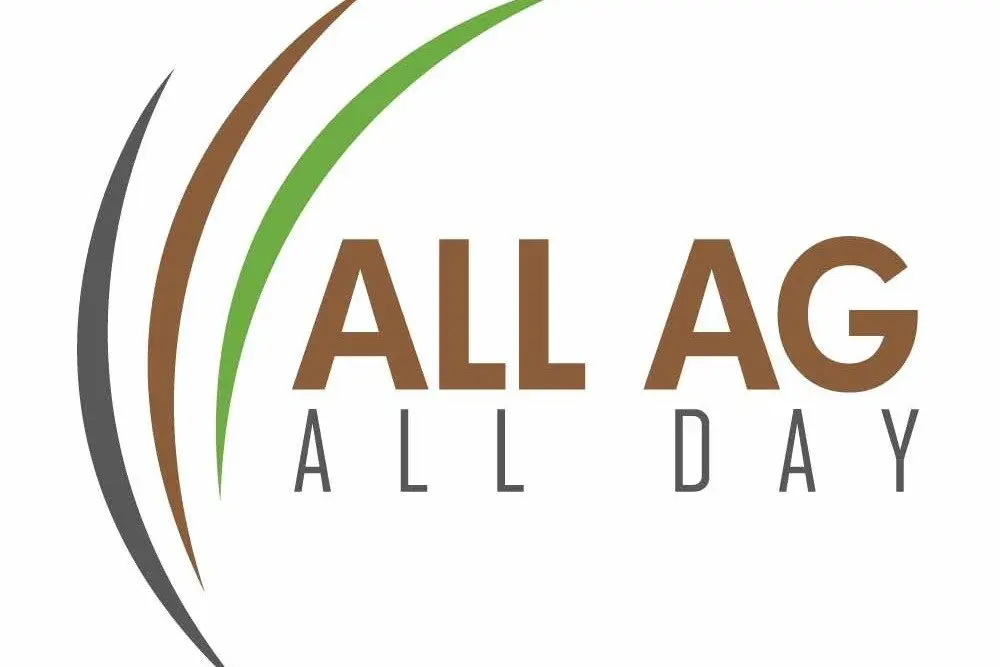
All Ag, All Day is the nation's only full-time farm radio station with studios in Floydada and Nashville, TN (www.AllAgNews.com)
Global Food Security Improves But Risks Persist Worldwide
WASHINGTON, DC – With food insecurity still affecting millions worldwide, USDA’s Economic Research Service projects conditions will improve significantly over the next decade. In 2025, approximately 604 million people across 83 low- and middle-income countries are food insecure, a decrease of nearly 27 percent from 2024. This improvement is tied to stronger per capita GDP growth, up 3.7 percent, and easing food price inflation.
By 2035, food insecurity is projected to fall to 6.5 percent of the population, or roughly 333 million people. Gains are expected in Asia and the Former Soviet Union, driven by rising incomes and lower commodity prices. However, Sub-Saharan Africa remains the most vulnerable region, with nearly 263 million people still projected to lack consistent access to food. The food gap—the daily shortfall for those already hungry—is also expected to increase, reflecting the concentration of food insecurity in the most vulnerable regions.
USDA economists caution that demand for grains will rise faster than production. Grain demand is expected to grow 2.2 percent annually through 2035, while production lags at 1.6 percent. This mismatch leaves Asia and Sub-Saharan Africa facing the most significant deficits in food and feed supplies.
Farm-Level Takeaway: Despite global improvement, food insecurity remains deeply concentrated in vulnerable regions. Rising incomes and lower prices ease pressures, but production shortfalls highlight long-term risks for grain availability.
**********
New World Screwworm Threat Inches Closer To Texas
LUBBOCK, TX – The threat of the New World Screwworm (NWS) is drawing closer to the Texas border, raising concern among cattle producers and federal officials. Last week, a case was confirmed in Nuevo Leon, Mexico, only 70 miles from Texas and about 370 miles closer than the northernmost detection reported in July. The USDA has previously estimated that an outbreak could cost Texas producers more than $732 million and the state’s economy nearly $1.8 billion, with losses tied to livestock deaths, reduced production, treatment costs, and changes to routine practices such as dehorning or branding.
To address the risk, USDA outlined a five-part plan this summer, including prevention efforts in Mexico, enhanced border protections, outbreak preparedness, and significant investments in sterile insect dispersal facilities. Construction of a new $8.5 million facility at Moore Air Base in South Texas is already planned, while $21 million has been committed to upgrading Mexico’s sterile insect facility. USDA Secretary Brooke Rollins also announced an additional $100 million to accelerate new technologies and build a second sterile fly production site in Edinburg, Texas.
Farmers and ranchers are being urged to stay alert, adopt best practices, and prepare for potential disruptions.
**********
Butterfat Surge Challenges Balance For U.S. Cheesemakers
NASHVILLE, TN – Soaring demand for butter, cheese, and yogurt has pushed butterfat levels in U.S. milk higher at twice the pace of protein growth, creating a new hurdle for the nation’s cheesemakers. A new report from CoBank warns that the imbalance is complicating production for cheddar and other American-style cheeses, where a stable protein-to-fat ratio is essential for quality and yield.
From 2000 to 2017, the protein-to-fat ratio in U.S. milk remained steady, ranging between 0.82 and 0.84. Today, it has slipped to 0.77, leaving cheesemakers with excess butterfat and insufficient protein. By contrast, milk supplies in the European Union and New Zealand have maintained steadier ratios, helping keep their cheese output more consistent.
Industry experts suggest that U.S. processors may need to standardize milk by adding protein concentrates or skimming off butterfat. In the longer term, price signals and breeding strategies could encourage a more balanced milk supply. Without adjustments, American cheese production could face rising costs and quality concerns against global competitors.
Farm-Level Takeaway: A booming butterfat market is beneficial for some dairy products but poses a threat to efficiency and margins for cheesemakers unless protein levels can catch up.
**********
Fruit And Tree Nut Outlook Shows Mixed Crop Forecasts
WASHINGTON, DC – USDA’s latest fruit and nut reports show both gains and setbacks for 2025 crops. Apple production is forecast at 11.5 billion pounds, up 6 percent from last year, with Washington expected to hit a record 8 billion pounds. Pears are also rebounding, rising 22 percent from 2024’s historic low. Even so, pear output remains among the smallest on record.
In contrast, peaches are expected to reach 682,500 tons, a 4 percent decrease from last year. California, South Carolina, and Georgia all project smaller crops. U.S. grape production is forecast at 5.59 million tons, up 3 percent, with stronger wine grape harvests in California and Oregon offsetting declines in Washington.
Other highlights include a 9 percent decrease in cranberry production to 8.13 million barrels, a 10 percent decline in table olive production to 44,000 tons, and an 18 percent increase in walnut production to 710,000 tons. Tight almond supplies and firm nut prices are expected to persist into the fall.
Farm-Level Takeaway: While apples, pears, grapes, and walnuts show strength, peaches, cranberries, and olives are weaker. Crop-specific shifts and strong prices highlight the variability of this year’s harvest.
**********
Farmland Values Climb Across Northeast And Lake States
NASHVILLE, TN – USDA’s 2025 Land Value Report shows steady increases in farmland values across the Northeast and Lake States, reflecting tight land supplies and continued demand. In the Northeast, average farm real estate rose to record highs, with Rhode Island at $22,500 per acre, New Jersey at $16,600, and Connecticut at $13,700 leading the region. Cropland in New York averaged $4,010 per acre, up 4.2 percent from 2024, while Pennsylvania land climbed to $9,560 per acre, a 3.1 percent increase.
In the Lake States, values also advanced. Michigan cropland averaged $6,940 per acre, up 7.3 percent, while Wisconsin land climbed to $6,800 per acre, a 7.0 percent rise. Minnesota posted the most substantial gain in the region, up 8.2 percent to $6,330 per acre. Regional pasture values moved higher as well, with Michigan leading at $3,100 per acre.
Farm-Level Takeaway: Rising land values underscore the competition between farm expansion and urban growth, making it increasingly difficult for new farmers to secure acreage.



